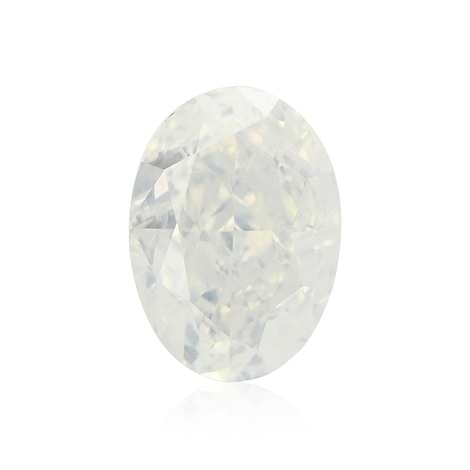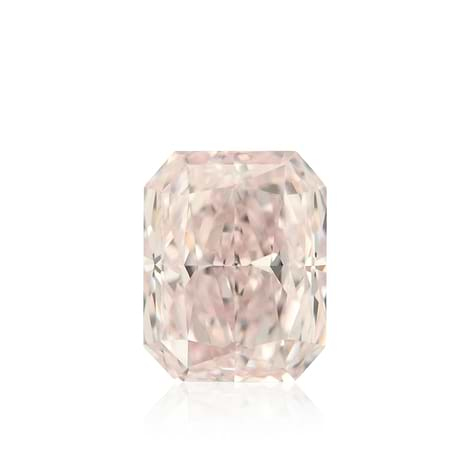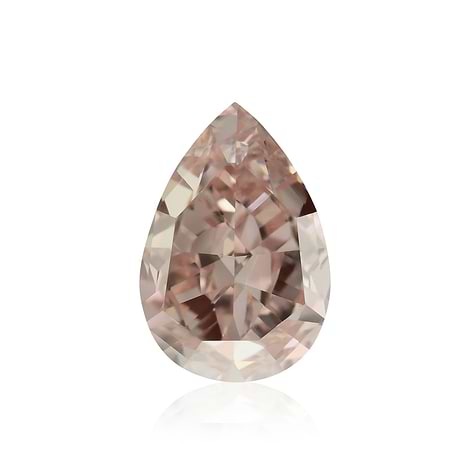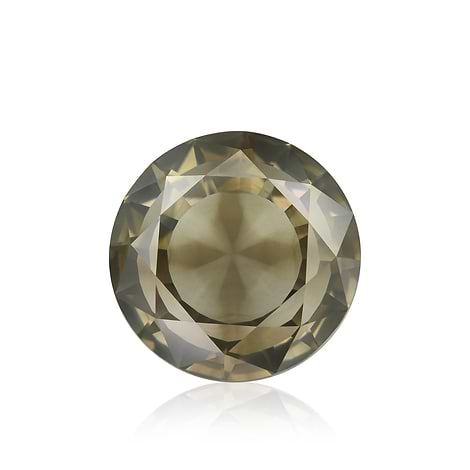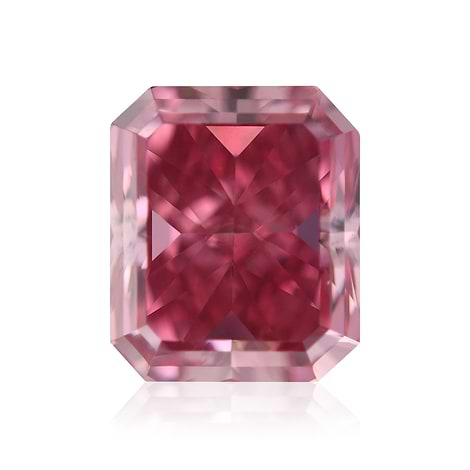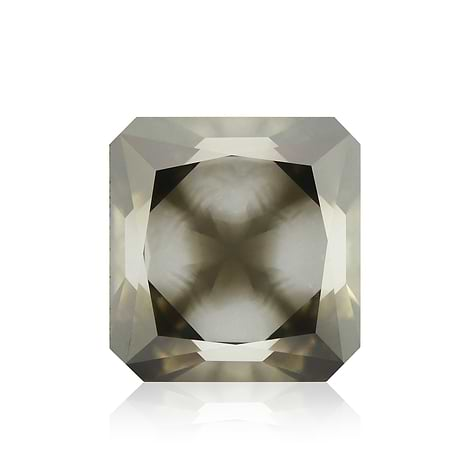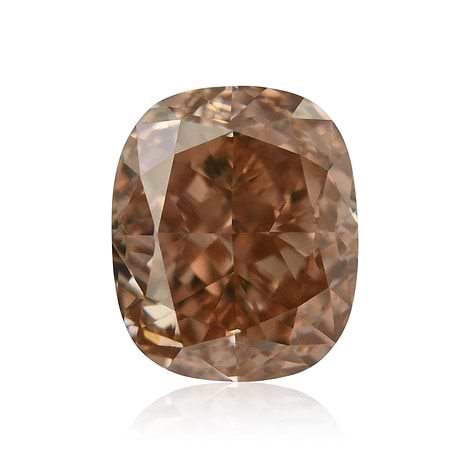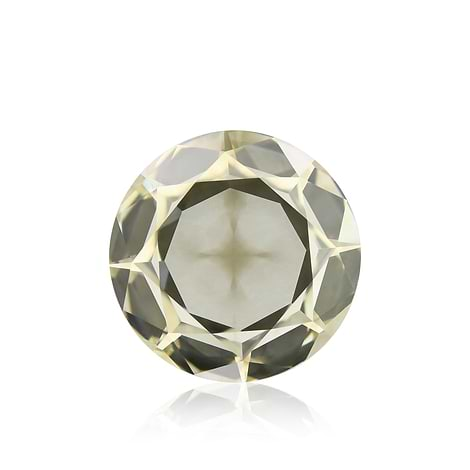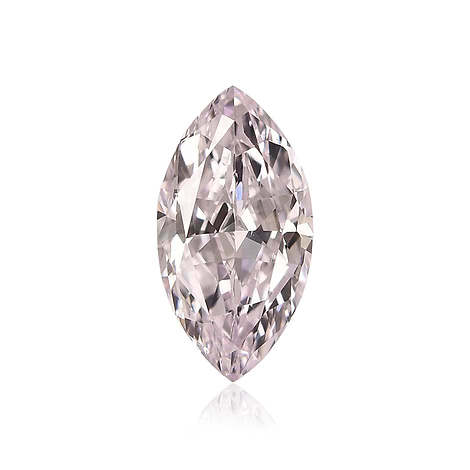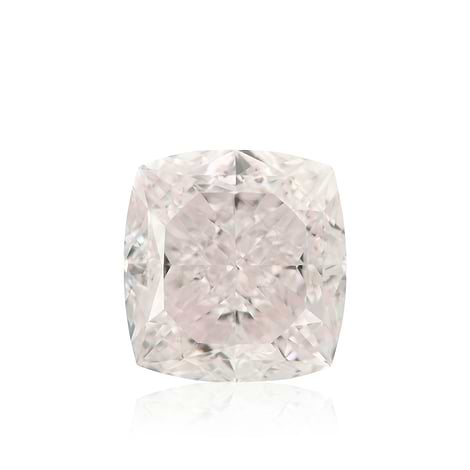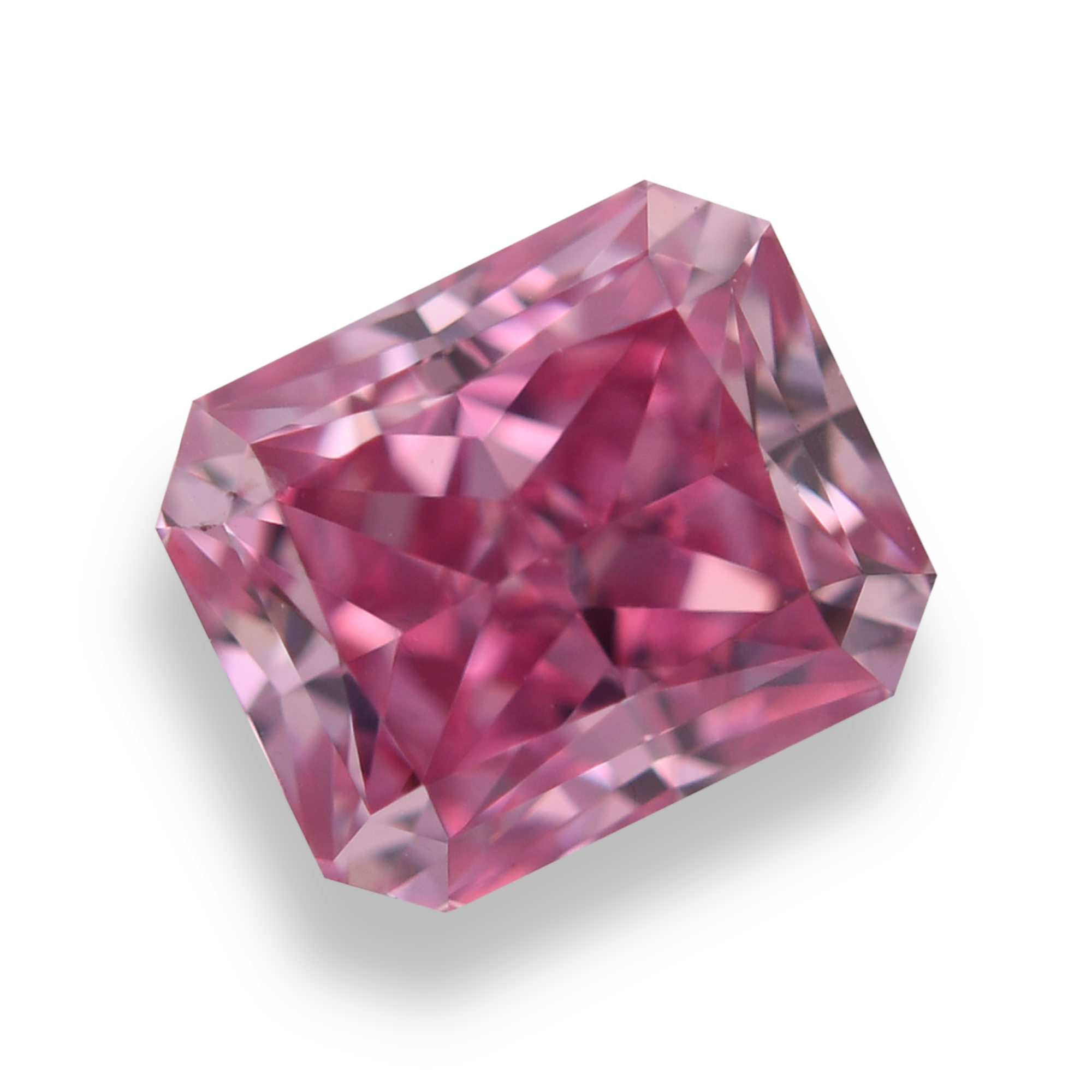An urban legend is a form of modern folklore, consisting of stories that may or may not have been believed by their tellers to be true. And whereas urban legends are often a test to credulity and revolve around outrageous incidents, they may also relate to something more realistic but with a certain allure and mystique. However, regarding urban legends that pertain to fancy color diamonds, are they really urban legends or maybe just slick marketing ploys?
Perhaps the most legendary diamond in the world is the Hope Diamond. The pear-shaped, cushion cut, 45.52 carat, Fancy Deep Grayish-Blue, VS1 diamond (previously “Le bleu de France”) is the largest deep blue diamond in the world.
Legend has it that the original form of the Hope Diamond was stolen from the forehead or the eye of a sculpted statue of the goddess Sita in a Hindu temple. The temple priests then laid a curse on whoever might possess the missing stone and the “curse” of the Hope Diamond was born.
The diamond came into the possession of King Louis XIV and passed to the hands of his great-grandson King Louis XV. Both kings had the stone re-cut. The grandson of King Louis XV and husband of Marie Antoinette, King Louis XVI, then inherited the diamond.
Many who came in contact with the stone thereafter, met rather gruesome ends which only reinforced the urban legend connected to the original curse.
A similar saga was associated with the Black Orlov, a 67.50 carat, cushion-cut diamond. Legend has it that the Black Orlov, also known as the "Eye of Brahma," was an uncut black stone of 195 carats. It is said that a curse was put on any who owned the stone since it was stolen by a rebellious monk from the eye of a statute of the sacred Hindu God Brahma, located in a temple in Southern India. Is this story coincidental or an attempt to ride on the popularity of the Hope?
The Darya-i-Nur is a table-cut, 186 carat, pale pink diamond. It is considered to be the most celebrated diamond in the Iranian Crown Jewels, and one of the oldest known to man. The oval brilliant-cut, 60 carat, pale pink Nur-Ul-Ain diamond is the centerpiece of a tiara designed by Harry Winston for the wedding of the Empress Farah to the last Shah of Iran in 1958. Both were apparently plundered from the Mogul Emperor of India by the Persians in 1739.
Both the Darya-i-Nur and the Nur-ul-Ain are believed to have been cut from the same rare, pale pink, enormous, 400-carat diamond, referred to as "Diamanta Grande Table" (the Great Table Diamond), by Jean Baptiste Tavernier, the 17th century French traveler and jeweler who sold the Hope to French royalty.
Plundered from an emperor? Tavernier? India? A trend seems to be developing here.
If a disputed multitude of owners is sufficient to attain urban legend status, then look no further than the Florentine: the legendary and irregular, 137.27 carat, nine-sided, 126-faceted double rose cut stone, that was once the great yellow diamond of the Medici Family.
The diamond is believed to have been acquired by the Medicis after the Portuguese Governor of Goa, Ludovico Castro, acquired the rough stone from the King of Vijayanagar in Southern India, whose troops he defeated in the late 16th century. The diamond then found its way to Rome, where it was entrusted to the Jesuits. Ferdinando I de Medici eventually purchased the rough diamond.
An alternate version states that the diamond was acquired by Charles the Bold, Duke of Burgundy (1467 to 1477). This is about a 100 years before the alleged acquisition of the stone by Ludovico Castro. The diamond was worn by Charles on his military campaigns, which all invariably resulted in victory for his army. Talk about a diamond imbuing extraordinary power.
To add to the fascination of the Florentine, its current whereabouts are unknown. It is believed to have been re-cut to an 80 carat diamond with no hint as to what occurred of the remainder.
In the case of the diamonds mentioned above, the old adage, “Never let the truth get in the way of a good story,” springs to mind. Some think that marketing is an invention of the twentieth century. However, the diamond industry presents quite an interesting possibility that they might be mistaken.
